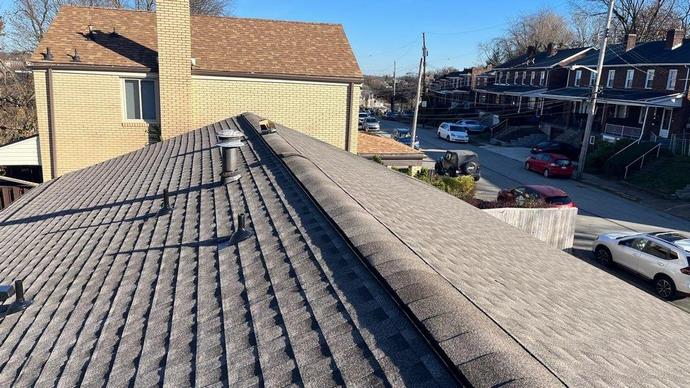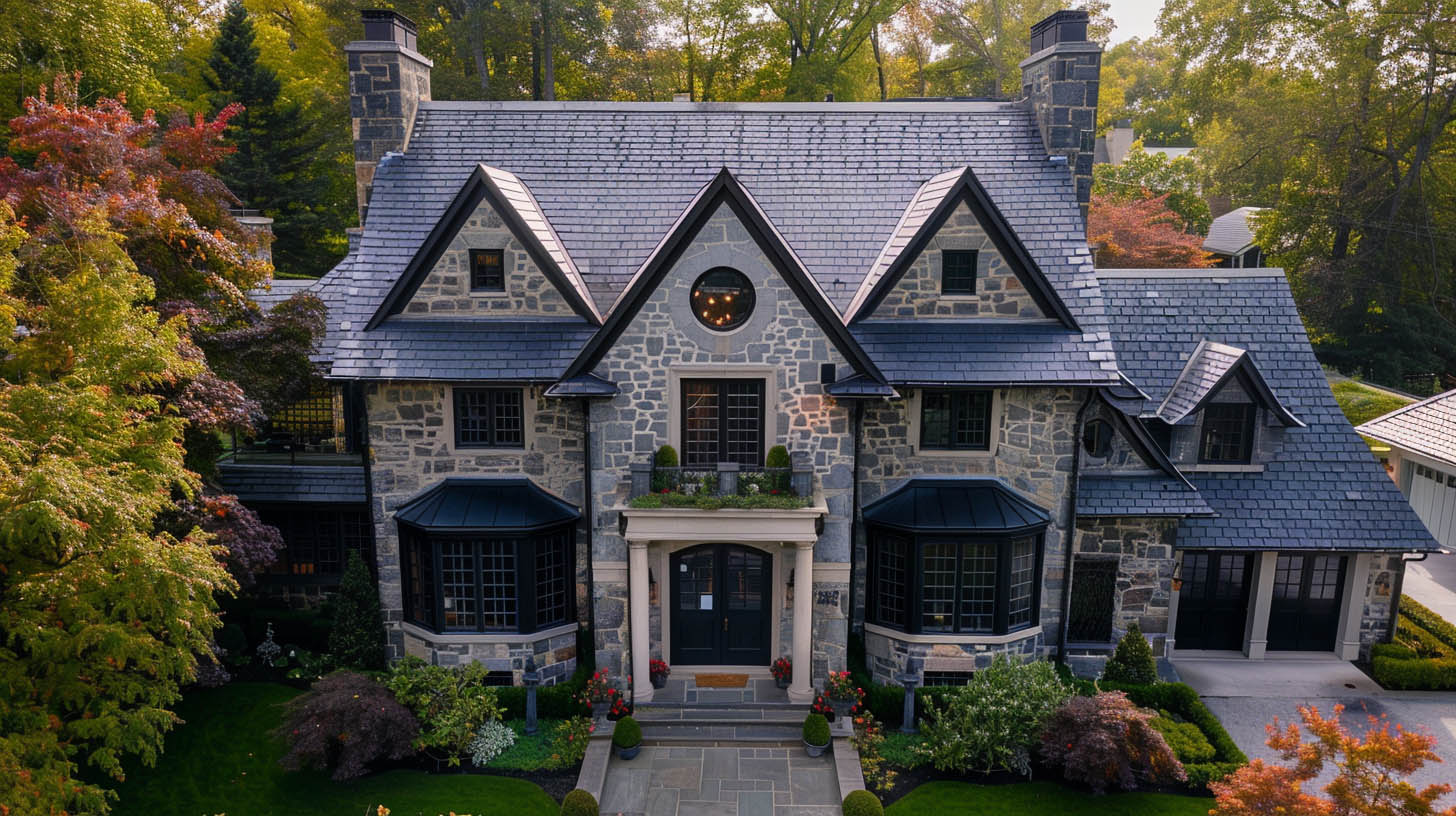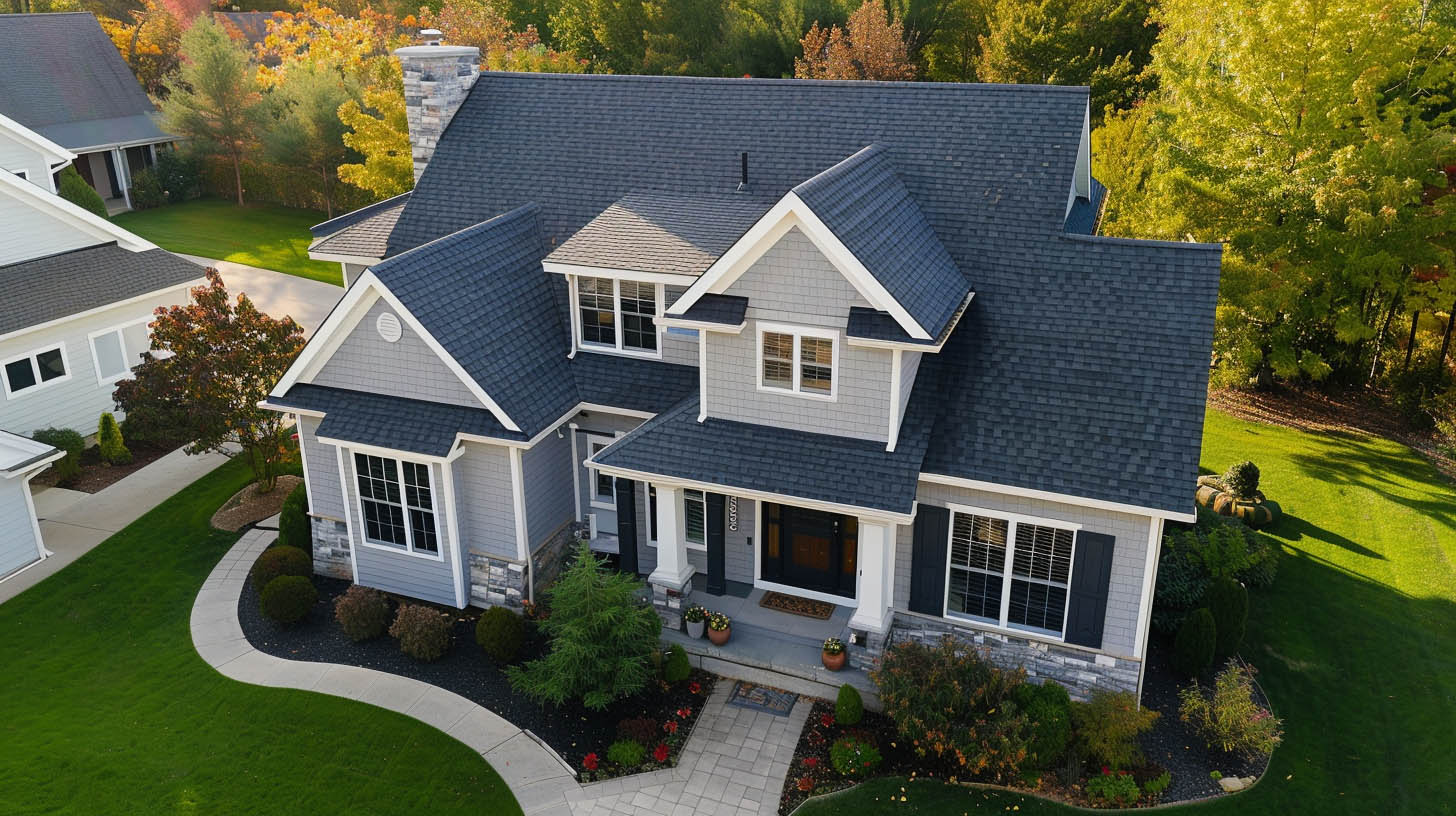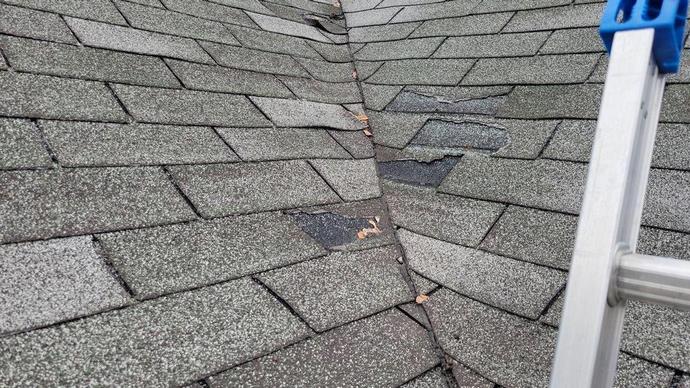

How often do you need to replace a roof? Well, there is no one definitive answer to this question. In general, depending on the materials used in your roof, as well as the climate in which you live, your roof may need to be replaced every 25 years or even as long as every 40 years.
If you live in an area with severe weather conditions, your roof may need to be replaced more frequently. For instance, if you live in an area that experiences a lot of hurricanes, your roof may only last 10-15 years. On the other hand, if you live in an area with milder weather, your roof may last a lot longer.
So, it’s no wonder we get these questions all the time:
- How often should I replace my roof?
- How long does a roof last?
Let’s break it down according to roof type.
According to Roof Type, How Often Do Roofs Need to be Replaced?
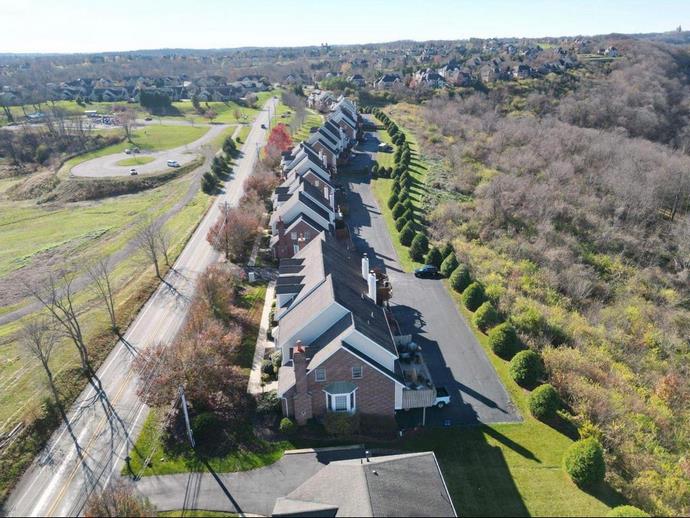
Different types of roofs have different lifespans. Although most homeowners have asphalt shingles of some sort, it’s important to talk about the different types of roofing material offering varying lifespans.
Asphalt Shingles | 20 to 30 Years
There are a few different kinds of asphalt shingles
3-Tab Asphalt Shingles | Up to 25 Years
3-tab shingles are the most basic type of asphalt shingle. They’re also the most affordable, which is why they’re such a popular choice for budget-conscious homeowners. Despite their low-price tag, 3-tab shingles have a decent lifespan. Most 3-tab shingles will last 20 to 25 years, but some premium brands can last up to 30 years.
Architectural Asphalt Shingles | Up to 40 Years
On average, architectural asphalt shingles will last between 20 and 30 years. However, this can vary depending on the quality of the shingles and the climate where you live. For example, if you live in an area with harsh weather conditions, your shingles may not last as long.
Luxury Asphalt Shingles | Up to 40 Years (or more)
Luxury asphalt shingles are a popular roofing material choice for many homeowners. They offer a high-end look and can last for 20-30 years with proper care and maintenance.
Metal Roofs | Up to 50 Years
The average lifespan of a metal roof is around 40 to 50 years. But this can vary depending on the type of metal used, the thickness of the metal, and the quality of the installation. For example, a galvanized steel roof will usually last longer than an aluminum roof.
Composite Roofs | Up to 50 Years
Synthetic roofs are synthetic shingles made of recycled materials. They look just like what a cedar or slate roof looks like and last anywhere from 40 to 50 years.
Cedar Shake Roofs | Up to 30 Years
Cedar shake roofs are made with quality natural wood materials and last around 30 years on average. Depending on the climate, you may be able to get up to 50 years.
Slate Roofs | Up to 100 Years
With a properly installed slate roof, you will never have to replace it because they last approximately 75-100 years.
Rubber Roofs | Up to 50 Years
A rubber roof is a single-ply membrane made of synthetic rubber, thermoplastic, or elastomeric materials. It’s used in both commercial and residential applications and is one of the most popular types of flat roofs. They can last 30 to 50 years.
Clay or Cement Tile Roofs | Up to 100 Years
Tile roofs made of clay or cement are the heaviest tiles around. They provide excellent sturdiness and will last 50 to 100 years.
Circumstances that Influence Roof Life Expectancy
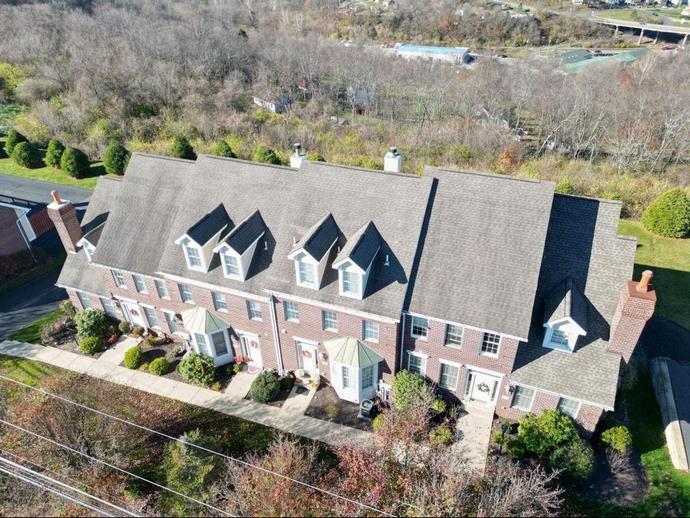
To know how often to replace roof is one thing. However, the factors that influence needing a new roof is another can of worms. This is because signs of damage can shorten the lifespan of a roof if not taken care of. Damages can come from a variety of factors:
Factor #1 | Age of Your Roof
If your roof is nearing the end of its lifespan, it’s important to start thinking about replacement.
Factor #2 | The Condition of Your Roof
If your roof has been damaged by a storm or is showing signs of premature failure, you’ll need to replace it sooner rather than later.
Early signs of roof failure can be:
- Your roof is sagging.
- Shingles that are either rotten, loose, cracked, or damaged in any way.
- Holes or dark spots on the roof can mean roof damage.
- If you notice water damage (stains or leaking).
- Unpleasant odors that just will not go away (could be rot or mold growth).
- Gutter debris.
Factor #3 | Maintenance
Regular roof maintenance can help extend the life of your roof and prevent expensive repairs. Keeping your gutters clean and checking for any loose or damaged shingles on a regular basis is key.
Factor #4 | Poor Roof Installation
When it comes to your roof, it’s important to make sure it’s installed properly in order to get the most out of it. That’s why it’s so important to seek out certified Pittsburgh roofing contractors with good reviews.
Factor #5 | Weak Underlayment
Moisture and mold tend to build up and weaken shingles due to the disintegration of roof decking.
Factor #6 | No Attic Insulation or Ventilation
Most roofs take a summer or winter beating during the hottest and coldest times of the year. By insulating your attic de-stresses the shingles through the heat. Insulation can also prevent ice dams.
Factor #7 | Climate
Storms with wind and hail can impact our roofs, as we well know. So, climate zones play a big role in the lifespan of your roof.
Factor #8 | The Slope of Your Roof
If the slope of your roof is lower than others, then it will take longer for the moisture from rain to shed – making an impact on the lifespan. Medium to steep roofs do not have this problem.
Proper Maintenance Affects Your Roof Lifespan
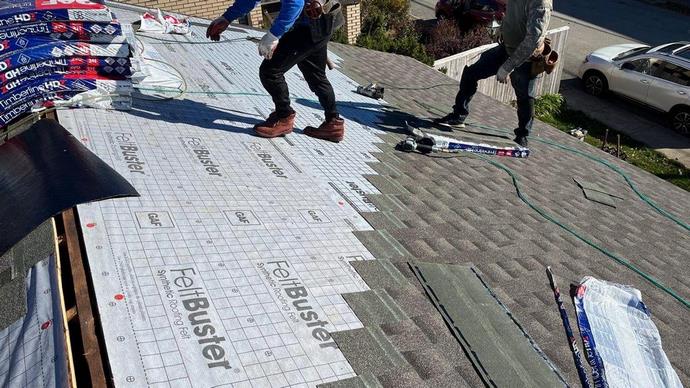
For decades the Pittsburgh area homeowners have trusted the professional roofing team at MY PITTSBURGH ROOFING to help guide them through roof replacement. And the truth of the matter is that roofs shouldn’t need to have to be replaced until the very end of the lifespan of the roof.
For example, getting the maximum lifespan of a roof involves:
- Satisfactory Air Circulation in the Attic
- Every 5-10 years inspections
- Proper Roof Installation (the first time around)
So, really – how often should I change my roof? How often do roofs need to be replaced?
How often do you need to replace a roof is a common question, as you can see.
The rule of thumb is that most of us (architectural asphalt shingle owners) should begin planning a roof replacement budget approximately 22 years after the roof was replaced the last time. And since the average homeowner has a 25-year lifespan in their roof – that will give you a few years to prepare. Should you have any of the other types of roofs discussed in this article, consider budgeting a few years prior to the end of the lifespan.
If you are nearing the maximum lifespan of your roof, call MY PITTSBURGH ROOFING to get a free estimate. If you’ve been caught by surprise with the need for a roof replacement, we can help you with our awesome financing options!
